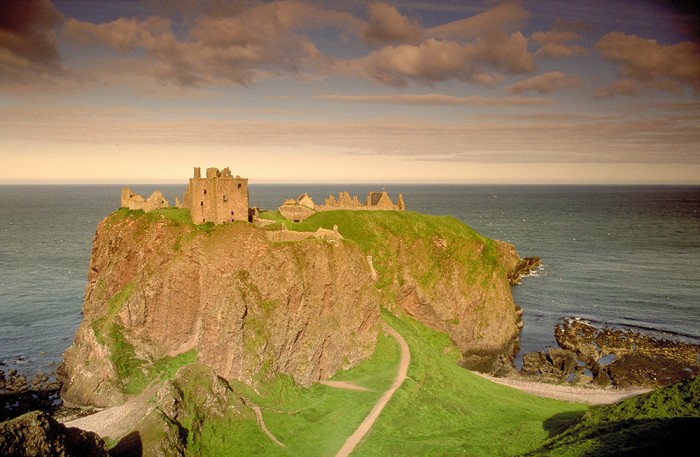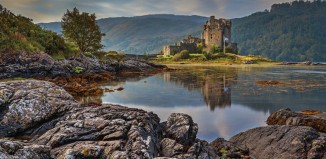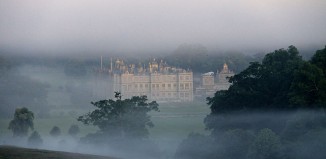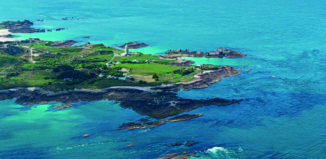Aberdeenshire in 10 highlights
A favourite haunt of the royal family, Aberdeenshire’s close association with the British monarchy started in 1848 when Prince Albert acquired the lease on Balmoral and began lengthy negotiations to buy the estate, which were completed in 1852. “All seemed to breathe freedom and peace, and to make one forget the world and its sad turmoils,” wrote Queen Victoria, who later retreated to Balmoral after her husband’s tragically early death in 1861.
Along with its neighbour Moray, Aberdeenshire, famous for Aberdeen Angus beef cattle, is the most fertile region of the Highlands. With Royal Deeside and Cairngorms National Park in the western reaches of the county, and whisky country to north-west, there is plenty to see and do, eat and drink, but lovers of British heritage won’t want to miss the dazzling array of castles. With more per acre than anywhere else in the UK, it is little wonder Aberdeenshire is known as Scotland’s Castle Country.
The region boasts no fewer than 300 castles, ruins and stately homes, from wild clifftop fortresses to perfectly preserved examples of Scots Baronial architecture. The latter, a fantastical style featuring fairytale turrets, has its origins in the 16th century, but later saw a resurgence in the 1800s and inspired Walt Disney, no less, to create his iconic castle.
And if you’re after Scottish spectacle at its best, visit on the first Saturday in September for the annual Braemar Gathering, the most famous of the Highland Games, which has been frequented by royalty since Queen Victoria first attended in 1848 and whose history stretches back almost 1,000 years.
1. Balmoral Castle
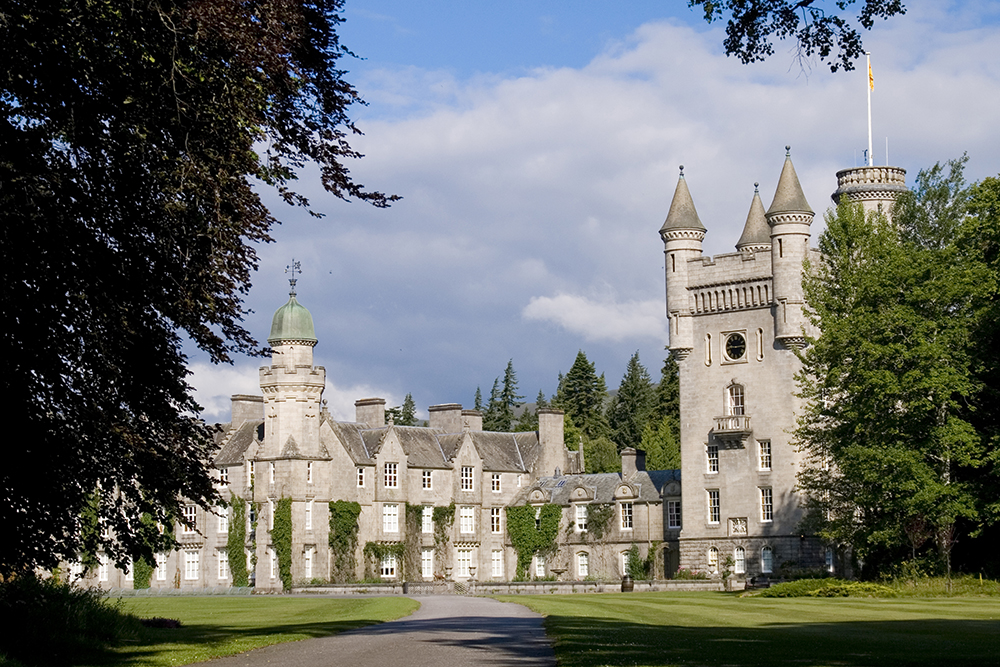
Aberdeenshire’s most famous castle, Balmoral has been the Scottish home of the royal family since 1852. Deeming its predecessor insufficient in size for the royal family, Queen Victoria and Prince Albert built a new castle 100 yards from the now-demolished old one, which is commemorated by a stone on the front lawn. Balmoral’s beautiful location, in the shadow of the mighty Munro of Lochnagar, was described as “my dear paradise in the Highlands” by Queen Victoria. Today, though it’s not possible to view HM the Queen’s private quarters, visitors can explore the grounds, gardens, castle ballroom and special exhibitions. It’s even possible to stay on the estate, with a range of holiday lets available.
2. Dunnottar Castle
Locations don’t come much more cinematic than the spectacular ruins of Dunnottar Castle (pictured top). Sitting atop a craggy headland on the outskirts on Stonehaven in the south of the county, the castle’s strategic location has given it a leading role in Scottish history, withstanding sieges, hosting royalty and starring on the silver screen. Yet the castle’s most remarkable moment saw it sheltering the Honours of Scotland – the Scottish crown jewels – from Oliver Cromwell’s invading army. It also narrowly missed out on becoming the eighth wonder of the world.
3. Duff House
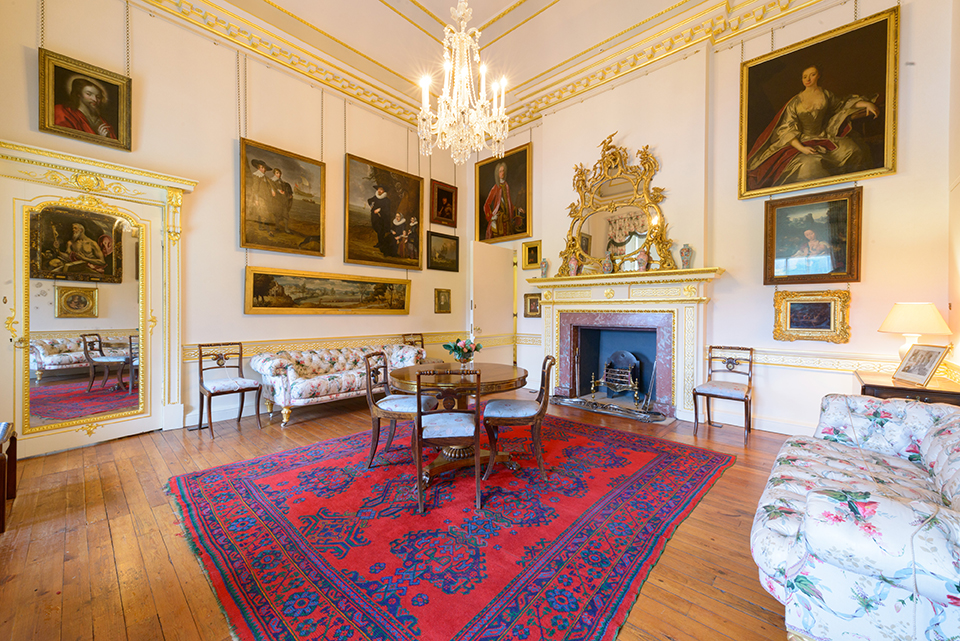
Designed by the foremost Scottish architect of the day, William Adam, Duff House in Banff on the north coast of Aberdeenshire is one of Scotland’s architectural gems. Adam was commissioned by William Duff, Lord Braco, later 1st Earl Fife, but unfortunately the owner and the architect fell out before the project was completed and the 1st Earl was never to live there, settling in Rothiemay Castle with his family, where he died in 1763. It took more than 100 years to complete the interior. Variously a hotel, sanatorium and military base, the house is now in the care of Historic Scotland and part of the National Galleries of Scotland, with a treasure trove of art.
4. Cairngorms National Park
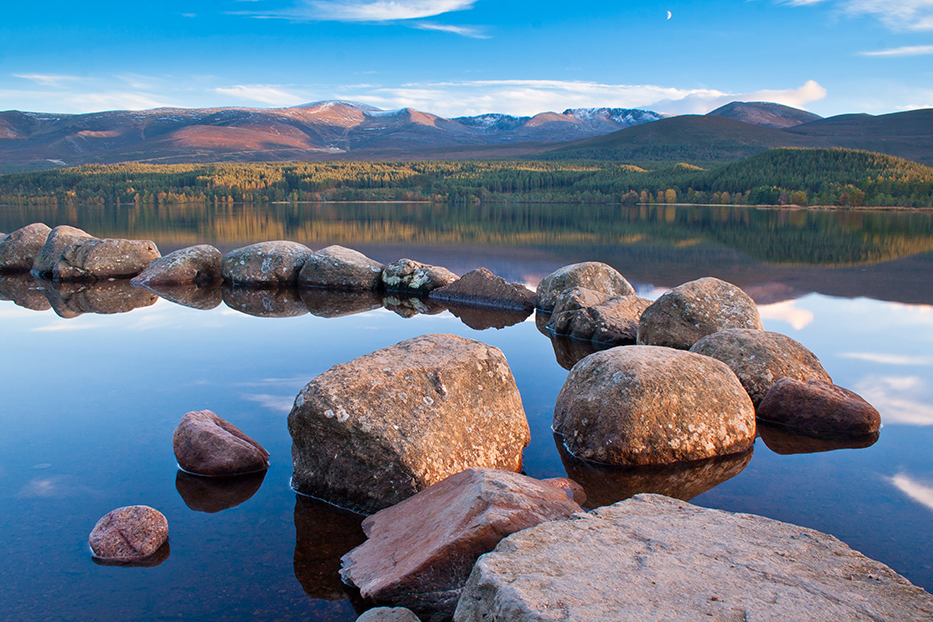
The Cairngorms National Park, which covers Aberdeenshire, Moray, Highland, Angus, Perth and Kinross, excels at record-breaking. Twice the size of the Lake District, it is the largest national park in the UK and the highest land mass, covering five of Scotland’s six highest summits and 55 Munros, or mountains over 3,000ft. With ancient forest, dramatic waterfalls and wildlife including red deer, golden eagles and red squirrels, this is Scotland at its most spectacular.
5. Craigievar Castle
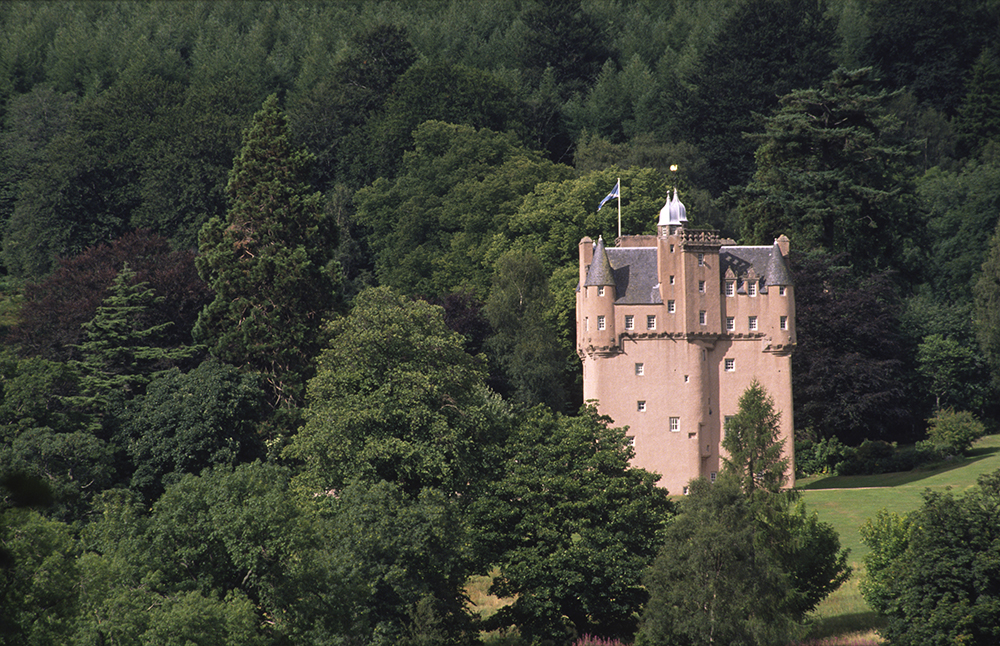
If Craigievar Castle seems familiar, it might be because it’s said to be the inspiration for the famous Disney castle. The pinkish hue is certainly fitting of a fairytale princess – as are its conical turrets, gargoyles and exquisitely carved chimneys. Strictly speaking what is known as a Scottish tower house, Craigievar became the wonder it is today when it was bought in 1610 by William Forbes of Menie, brother of the Bishop of Aberdeen, a merchant who made his fortune by importing wood. Notable inside are the fabulous plasterwork ceilings, particularly in the Great Hall. The Blue Bedroom is said to be haunted by the ghost of a man thrown from the window by “Red” Sir John – a descendant of William Forbes – as he climbed up to woo Sir John’s daughter. Craigievar remained the home of the Forbes family for 350 years, though it is now in the care of the National Trust for Scotland. The castle, which can be seen by guided tour only, closes between October and 25 March, though the grounds are open all year.
6. GlenDronach Distillery
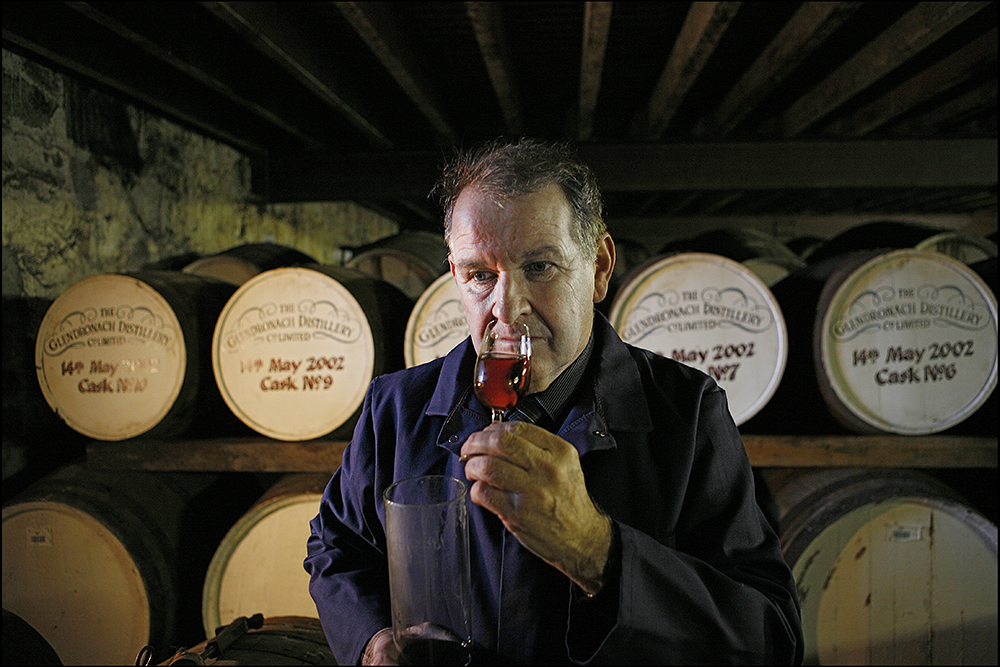
It would be remiss not to taste a wee dram or two, and the GlenDronach Distillery, which produces fine sherried single malts, has a history stretching back almost 200 years. It all began in 1826 with the maverick James Allardice, who lived in the grand Glen House tucked away in the valley of Forgue and created the first single malt Guid GlenDronach. Initially, all the workers at GlenDronach, once the largest duty-paying distillery in the Scottish Highlands, lived in the houses on site. Today, the most famous is still Glen House, where it all started, which is said to be haunted by a Spanish lady who travelled to Scotland in a sherry cask. With a visitor centre and gift shop, GlenDronach offers five different tours for everyone from whisky beginners to connoisseurs.
www.glendronachdistillery.co.uk
7. Corgarff Castle
Standing alone like an island amid the rolling terrain of remote Strathdon, Corgarff Castle, a striking pale cuboid building, has a history as dramatic as its location. Built in the mid-16th century by the Forbes clan, Corgarff was burned down in 1571 by their enemy Adam Gordon of Auchindoun, a supporter of Mary, Queen of Scots. The fire resulted in the tragic deaths of Margaret Forbes, her children and servants, as recalled in the ballad Edom o Gordon. Later, after the Jacobite risings of the 18th century, the fortified house was redeveloped as a base for government troops hunting Jacobite sympathisers and, later, whisky smugglers. This later military history can be traced in the reconstructed barrack rooms and the star-shaped perimeter, which provided numerous lines of fire to make it difficult for the enemy to approach.
8. Fyvie Castle
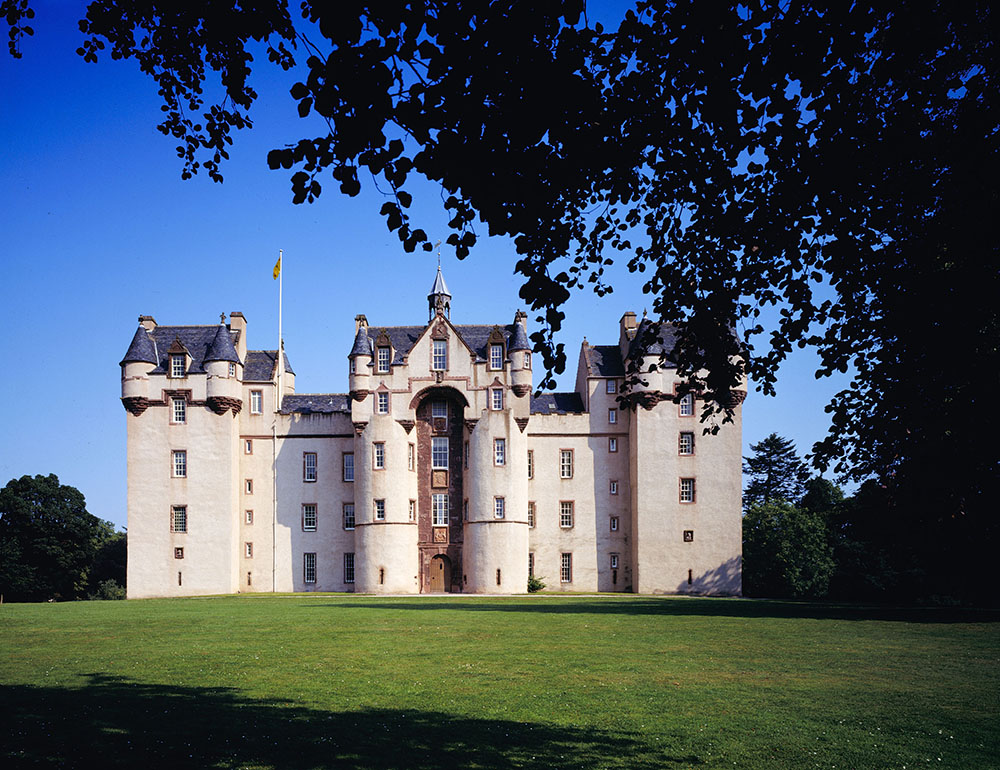
The story goes that each of the five successive families who occupied Fyvie Castle added a tower. The oldest – the Preston tower – dates from 1390 while the central Seton tower is the legacy, from 1599, of Alexander Seton. The Gordon and Leith towers followed later in 1778 and 1890 respectively. Fyvie was once a royal castle, dating back to around 1200, where Scottish kings would stay when touring their kingdom. Past illustrious guests include William the Lion in 1214, England’s Edward I and the latter’s adversary, Robert the Bruce, who based his court at the castle in the early 1300s. Look out for the Great Wheel Staircase, the 17th-century Morning Room and the sumptuous Edwardian interiors.
9. Haddo House
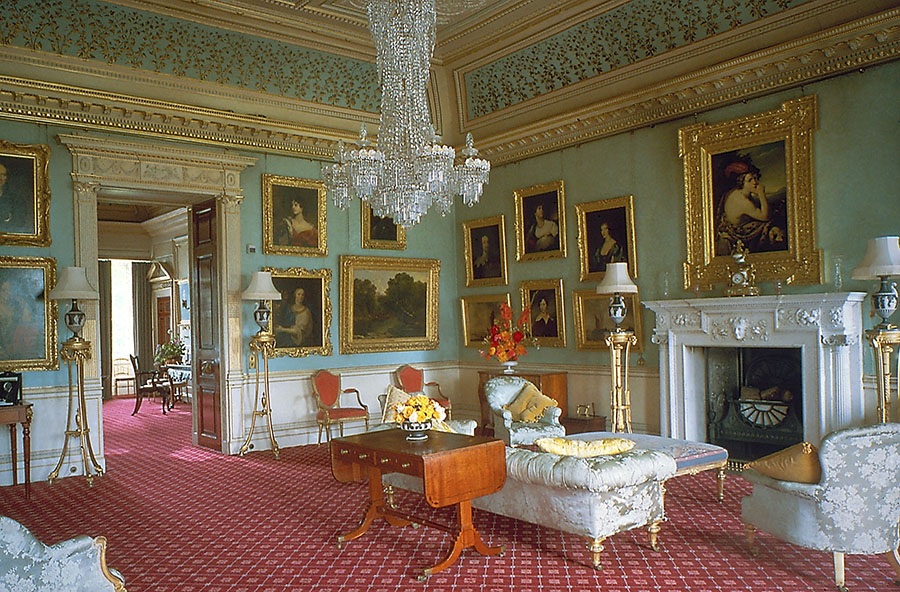
Notable in Aberdeenshire for not being a castle, Haddo House elegantly showcases two eras of British history, reflecting the periods in which it was built and later refurbished, with clean Georgian architecture and lavish late Victorian interiors. Around 20 miles north of Aberdeen, Haddo was designed by William Adam in 1732 for the 2nd Earl of Aberdeen. The earl’s family, the Gordons, lived for more than 500 years on the site. The most famous member of the family was the 4th Earl of Aberdeen, George Hamilton-Gordon, who was prime minister from 1852 to 1855. Remarkably, nearly 1,200 people, now known as the Haddo Babies, were born at the house in the Second World War when it became a maternity hospital.
10. Drum Castle
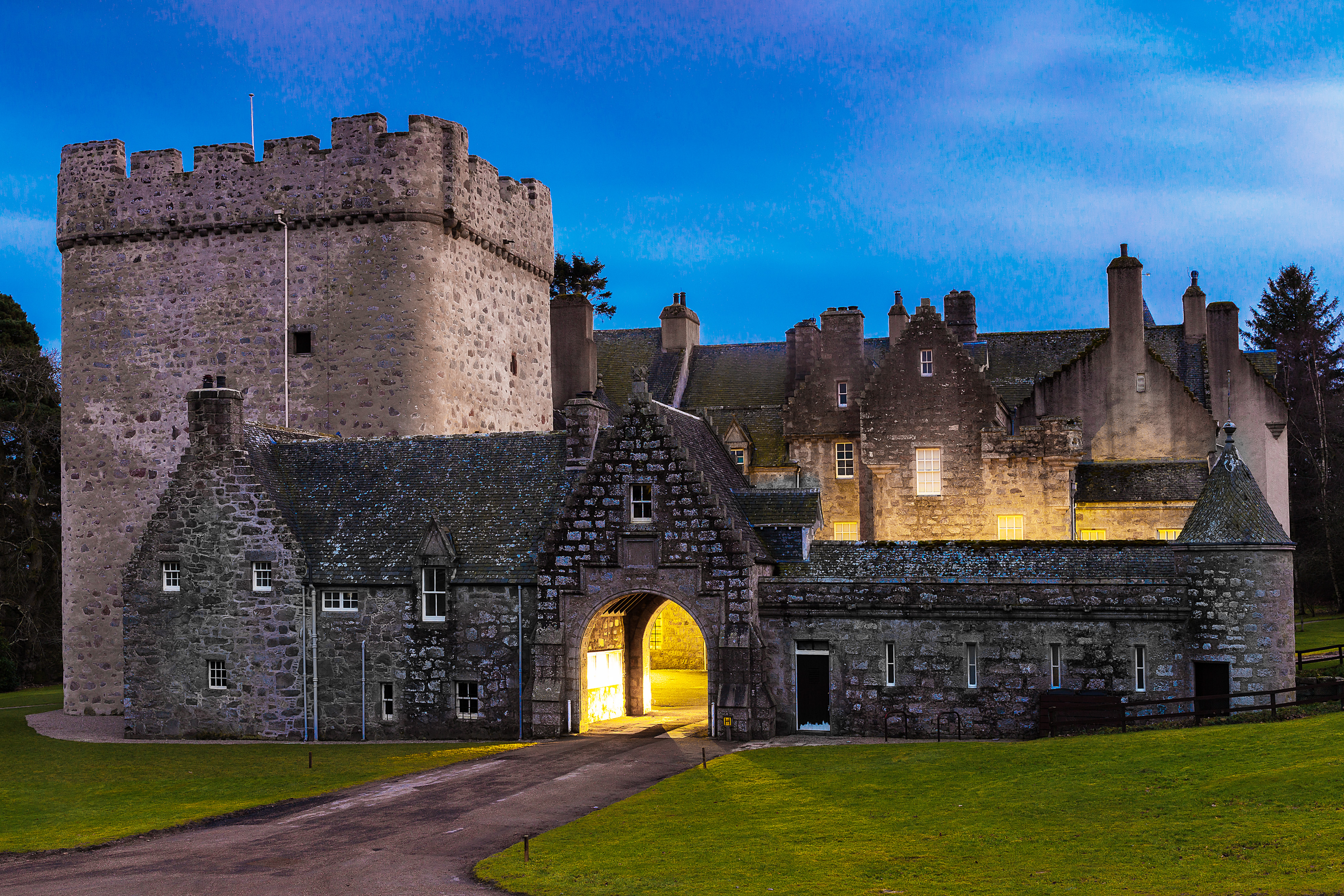
In the region known as Royal Deeside – between Braemar, where Balmoral stands, and Banchory – the courtyard cottage at Drum Castle is an impossibly romantic place to stay. Just ten miles from Aberdeen, the bijou apartment, which sleeps two people, dates back to the 16th century and can be found in the courtyard of the castle, one of Scotland’s oldest tower houses, which was given to William de Irwyn by King Robert the Bruce in 1323. Outside, the Drum estate boasts a 16th-century chapel, ancient woodland and a historic walled rose garden, while inside there’s a log-burning stove to keep you toasty.

